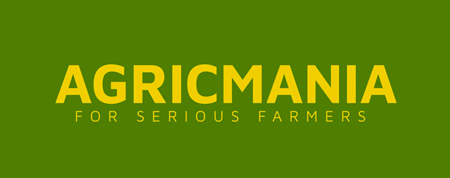HARARE – The planting of the 2023 cereal crops is planned to start in October 2022, and similar to the previous year, weather predictions suggest that most sections of the subregion will see above- average rainfall quantities between October 2022 and March 2023. Northern Zambia, Northern Malawi, and Northern Mozambique may see some delays in sowing
operations because rainfall amounts in this period's first half are predicted to be below average.
Additionally, the Madagascar weather prognosis indicates a higher-than-average probability of
below-average rainfall during the entire rainy season, which might prolong dry weather conditions in southern parts and raise the possibility of a subsequent year with a smaller crop of cereal grains. The general weather prognosis supports initial predictions that the total subregional cereal output in 2023 could remain at an average to above average level, not withstanding the regions with less favorable rainfall estimates.
The high cost of gasoline and other inputs, such as fertilizers, pose a risk to production, though. Although most farmers are unlikely to significantly reduce the amount of land
planted to cereals, partly due to the high grain prices that are currently in effect, a decrease in
fertilizer use could have an impact on yields in 2023. Ample supplies reduce the demand for imports in 2022–2023 The majority of countries are anticipated to draw down on their sizable stocks built up from the bumper harvests in 2020 and 2021, amid the elevated global grain prices, despite the fact that domestic cereal production is expected to decline year-over-year in 2022. As a result, import requirements are predicted to increase only moderately in the 2022/23 marketing year (generally April/March).
8.8 million tonnes of total cereal imports are anticipated in 2022–2023, which is slightly over average and primarily made up of wheat, rice, and maize. The subregion is a net importer of wheat, and in 2022–2023, import needs are expected to be 3.9 million tonnes, slightly less than the previous five-year average. The main importer of wheat in the subregion, South Africa, has only received shipments from the European Union, Australia, and the Americas in the 2021/22 wheat marketing year (October/September), reflecting the impediments to exports from the Black Sea region. This is in contrast to the previous year, when the Russian Federation and a smaller amount of Ukraine accounted for around 15% of all wheat imports.
Given that households only consume a small portion of their calories from wheat and wheat
products, the impact of the current high global prices and potential supply disruptions on food
security is likely to be minimal, even though the subregion may experience some supply constraints to fully meet its wheat import needs as a result of the effects of the war in Ukraine. It is anticipated that import requirements for both rice and maize would be fully satisfied. The majority of maize imports are anticipated to come from within the subregion, mostly from South Africa.



